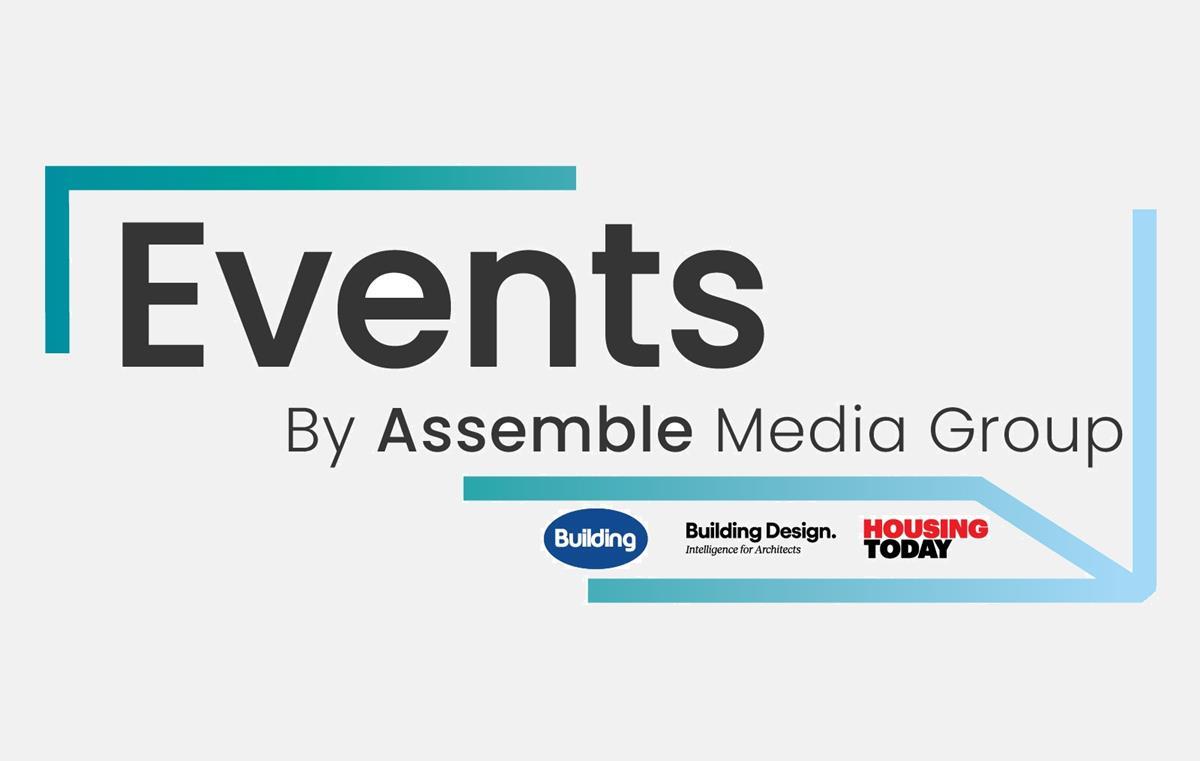The insulation value for walls will not be increased in line with other elements of the building fabric. Instead the DETR has bowed to pressure from the industry and proposed a less onerous standard. The original plan called for walls to have an insulation value of 0.30 W/m2ºC, but it will now be introduced at 0.35 W/m2ºC.
This is still a significant increase on the current U-value of 0.45 W/m2ºC.
The move, aimed at cutting CO2 emissions, came as prime minister Tony Blair announced a £100m boost for wind, solar and wave power, also aimed at reducing CO2 emissions to help the government meet its commitments on climate change.
The announcement of the changes to Part L has been made in advance of the publication of the amendments to give the industry time to prepare for the changes. Raynsford said the amendment to Part L would now be published in August.
The announcement means that traditional masonry can still be used in cavity wall construction.
A House Builders Federation spokesperson said: "It's good the government has listened to our concerns about the problems of increasing wall thickness to meet the higher U-value." Material manufacturers also welcomed the announcement. Barny Parks, marketing manager of block manufacturer Lignacite, said: "Traditional constructions will not be that different. They will need more insulation to meet the increased U-value but it is not the sea change we were expecting." Cliff Fudge, technical director of block manufacturer H+H Celcon, said: "At least the construction industry knows where it stands." The decision to introduce the changes in one single phase was intended to minimise disruption. However, the housebuilding industry is still concerned about the speed of the transition.
The HBF spokesperson said: "We don't have much time to see the best way to introduce these changes." Raynsford said the Approved Document, which gives guidance on ways of complying with Part L, would be published in the next few weeks, once consultation on Part E (acoustics) has finished.























